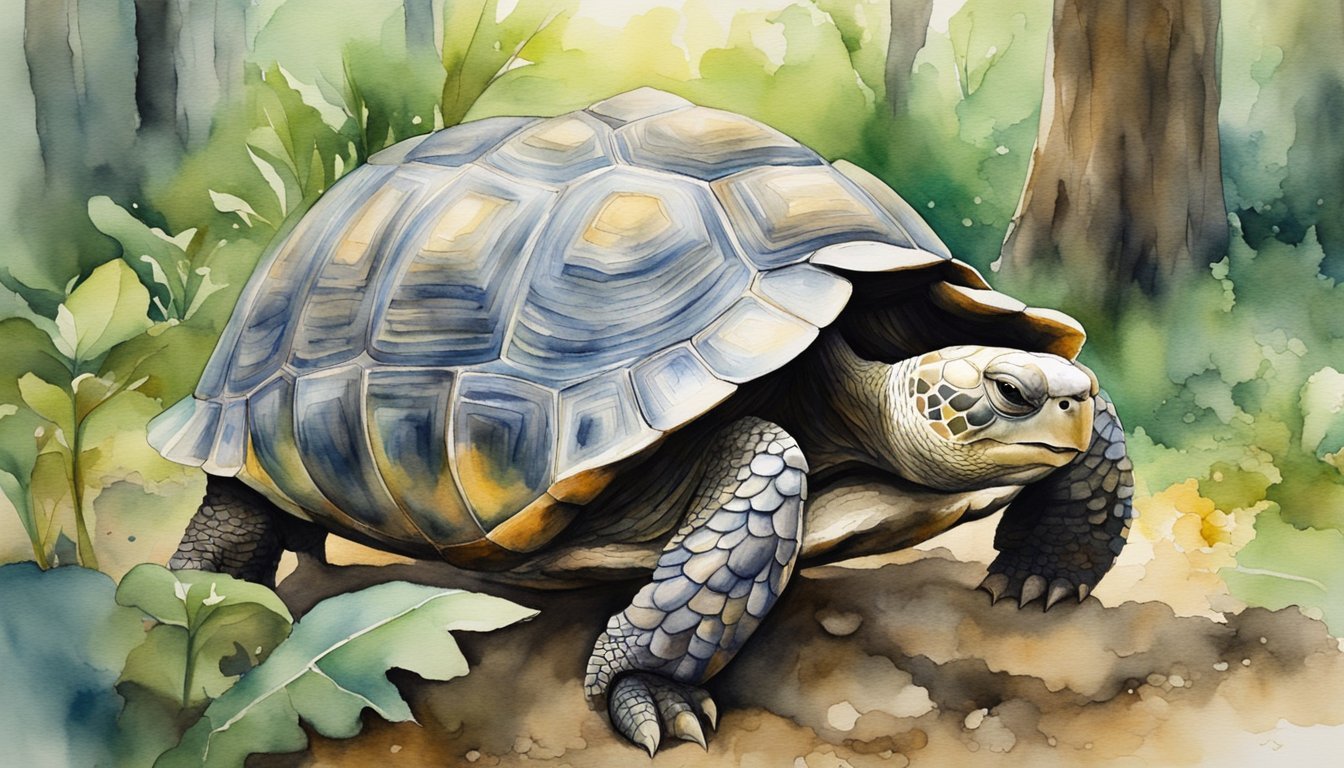Longevity in Marine Life
Exploring the depths of the ocean reveals creatures with extraordinary lifespans that challenge our understanding of ageing. From cold waters to the hidden enclaves beneath waves, marine animals display an array of survival tactics that have allowed them to outlive many terrestrial species.
Unveiling the Secrets of the Greenland Shark
Greenland sharks (Somniosus microcephalus) have stunned scientists with their longevity. These mysterious predators, found in Arctic and sub-Arctic waters, are thought to live for hundreds of years, with one female Greenland shark estimated at nearly 400 years old. Radiocarbon dating of eye tissue has been key to unlocking these age secrets, pointing to a slow metabolism as a contributing factor to their lifespan.
Bowhead Whales: Giants of the Arctic
The bowhead whale (Balaena mysticetus), with its impressive bulk and icy habitat, is one of the longest-living mammals on Earth. Their Arctic lifestyles have been linked to life spans that can extend over 200 years. The bowheads’ immense size does not deter them from long lives; instead, they carry the wisdom of the seas through centuries.
Immortality Beneath the Waves
The immortal jellyfish (Turritopsis dohrnii) represent one of the most fascinating phenomena in the animal kingdom. Upon reaching a mature state, these small medusas can revert back to their polyp form, essentially restarting their life cycle—a feat that implies a form of biological immortality.
Longevity of Oceanic Bivalves and Sponges
Among the ocean’s enduring inhabitants are the ocean quahogs (Arctica islandica) and various species of sponges. Quahogs can surpass 200 years of age, discernible from growth rings, similar to trees. Sponges, like the glass sponge (Monorhaphis chuni), not only live for millennia but also serve crucial ecological functions, with some sponges estimated to be over 11,000 years old. These simple yet resilient forms of marine life showcase biological endurance at its finest.
Exceptional Lifespans on Land
While many animals live brief lives, a select few on land exhibit incredible longevity. These animals are not just surviving; they are thriving for periods of time that dwarf human lifespans, offering insights into the process of aging and the diversity of life strategies in the animal kingdom.

The Reptilian Age Defiers
Tortoises are some of the longest living animals on land, with several species living over a century. The Galapagos giant tortoise often exceeds 150 years, putting them at the pinnacle of reptilian longevity. Growth rings on their shells, much like those of trees, help determine age. Jonathan, a Seychelles giant tortoise, is currently one of the oldest known living land animals, reputedly born in 1832.
Avian Longevity: Macaws and Albatrosses
Parrots, with macaws being a prime example, are known for their impressive lifespans, often living 50 years or more with cases reported of macaws reaching 80 to 100 years. Additionally, the albatross, a bird often found on Midway Atoll, can live over 60 years. The Laysan albatross named Wisdom is an exceptional case, still laying eggs well into her 60s.
Lifespan Anomalies Among Mammals
Among mammals, certain species stand out for their extended lifespans. For example, the African elephant can live to be 70 years old, a testament to their solid build and slow metabolism. In marine mammals, the bowhead whale is one of the longest-lived, with potential lifespans surpassing 200 years, while the elusive Greenland shark may live even longer, with estimated lifespans of up to 400 years.
Longevity in Freshwater and Terrestrial Invertebrates
The freshwater realms reveal longevity wonders such as the Japanese koi, specifically one named Hanako, who lived for 226 years. Her age was verified by analyzing the growth rings of her scales. Larger bivalves like the freshwater pearl mussel and marine geoducks are notable for their long lifespans, with some individuals reaching, or even surpassing, a century, showcasing the diverse adaptations for longevity across the animal kingdom.

